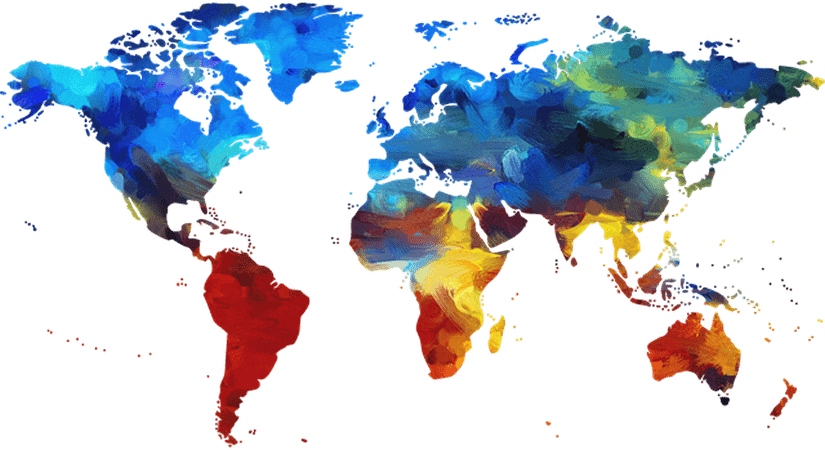By Orbex
Now that we are seeing a second wave of COVID spreading around the world, retail sales figures are back as an important indicator of market direction.
Countries are reimposing different kinds of lockdown measures hoping to slow the spread of the virus. This, inevitably, will have some effect on consumer habits.
Given the economic devastation wrought by the first wave of the shutdown, and now that PPE is widely available, the sorts of measures to be implemented are likely to be different.
The bottom line is that the economy needs people to buy things in order to keep functioning.
The worst-hit sectors were retail and entertainment. And we can expect them to feel the impact again.
This has knock-on effects, as retailers close doors they are unable to afford rent.
Prices for commercial properties in major city centers have been declining, leading to concerns of a secondary crash in the property market.
About that recovery…
Retail sales are a measure of how much people are spending. They are a good proxy for consumer sentiment.
If people are confident in their economic future, they are more likely to spend. If consumers are cutting back their spending, then businesses will be inclined to cut back production, and in turn, lay off employees.
It’s possible to have a negative feedback loop where people stop buying because of a bad economic situation, which leads to people losing jobs, and thus less willing to spend.
Declining retail sales for individual countries are likely to weaken their currency. This is because we would expect more easing from the central banks in this scenario.
If it’s a global phenomenon, then we’d expect an appreciation of safe-haven assets.
What we are looking for
First up is Australia. Expectations are for another decline in their retail sales of -0.7% compared to -4.0% in August.
Part of this is attributable to the wave of cases that affected the Melbourne area, and depressed consumer confidence. Some restrictions remain in place in the state of Victoria.
The country is still nervous about another flare-up of cases that would lead to the reimposition of lockdowns. After falling in July, retail sales have yet to recover to their pre-COVID levels.
We can expect Canada’s retail sales to be distorted due to a local issue: auto supplies. Projections indicate that retail sales will have a good showing, up 4.6% compared to 0.6% in August.
But when we strip away the autos and spares components and look at core retail sales, we can expect them to come in at -6.8% compared to -0.4%.
The Explanations
There are two factors here:
1) During the summer months, there was an artificial lack of supply of vehicles, because dealers had not stocked up during the lockdowns. That pent-up demand, combined with lower interest rates, is driving vehicle buying.
2) The increasing cases of COVID are likely keeping discretionary spending at a minimum as Canada moves to impose lockdowns again.
The UK is dealing with a second round of COVID cases, far more than in the first “wave”.
There was considerable uncertainty through September about what kind of policy the government would take to deal with rising case numbers.
Expectations are for UK Retail Sales to come in at -0.6% compared to 0.8% in the prior month.
By Orbex
